Exotic small animals bring joy and companionship to countless households, from curious ferrets to sociable guinea pigs and elegant chinchillas. While these pets may be smaller than cats or dogs, their dietary needs are often more complex and specialized. Unfortunately, dietary issues remain among the most common health problems veterinarians see in exotic small pets. Recognizing the signs of nutritional deficiencies or improper diet is crucial for responsible pet ownership. This article explores the various indicators that your exotic small pet might be suffering from dietary inadequacies, helping you ensure your unique companion lives a healthy, vibrant life.
Weight Changes and Body Condition
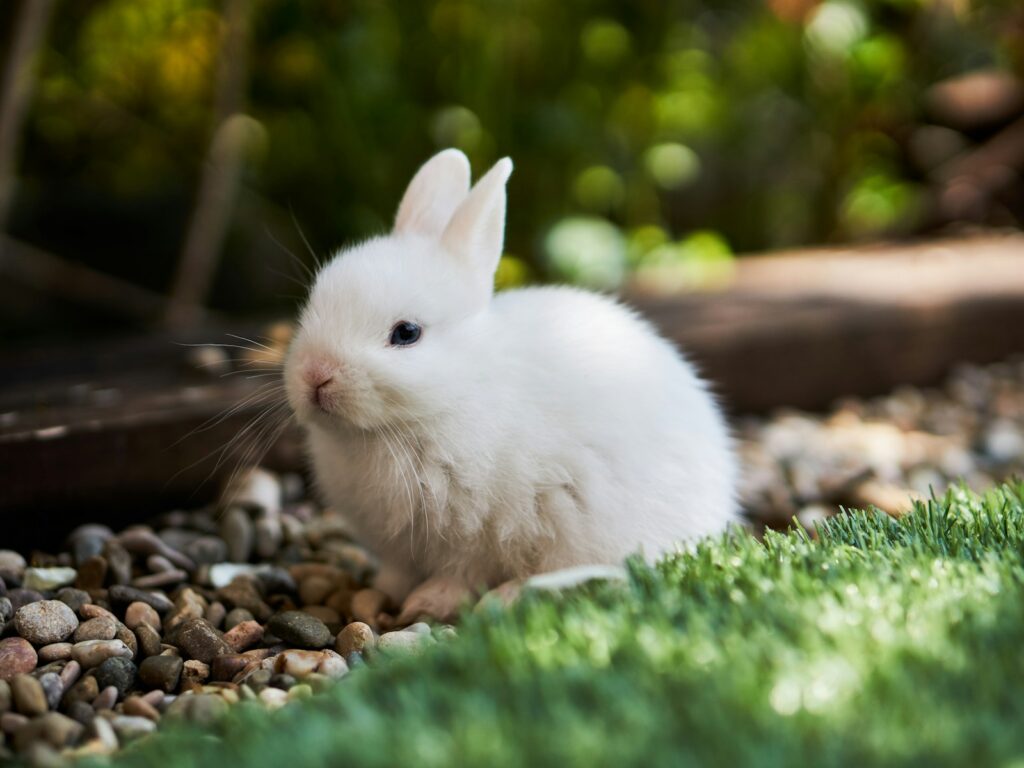
One of the most noticeable signs of dietary problems in exotic small animals is abnormal weight change. Both sudden weight loss and obesity can indicate nutritional imbalances. In species like rabbits and guinea pigs, you should be able to feel the ribs without excessive pressure, but they shouldn’t be prominently visible. Animals with poor diets often develop an “hourglass” shape when viewed from above, indicating muscle wasting despite a potentially distended abdomen.
Regular weighing is especially important for small exotics, as their natural instinct is to hide illness until it becomes severe, and weight changes may be your first clue something is wrong. Remember that healthy weight ranges vary significantly between species, so research specific guidelines for your pet type.
Coat and Skin Abnormalities
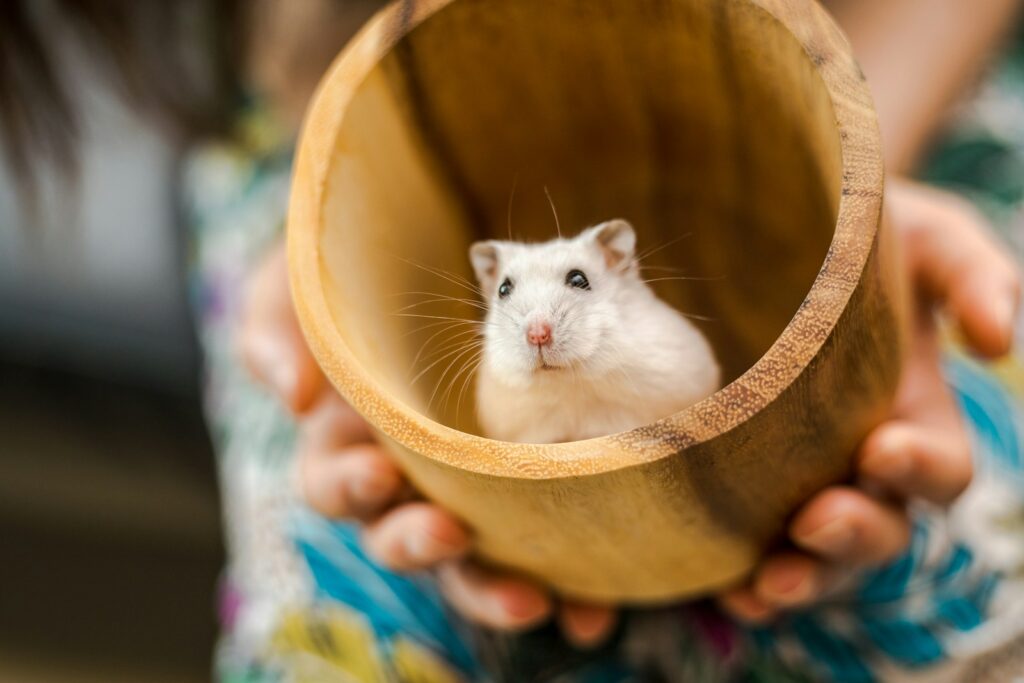
The condition of your pet’s coat and skin offers valuable insights into their nutritional status. A dull, rough, or thinning coat often indicates protein deficiencies or essential fatty acid imbalances. In rodents like hamsters and gerbils, you might notice excessive scratching or dandruff when their diet lacks proper oils.
Chinchillas with poor diets frequently develop fur slip, where patches of fur fall out with minimal handling. Red or orange discoloration around the eyes, mouth, or feet in white-furred animals can indicate porphyrin buildup, which, while not directly caused by diet, often appears when an animal is stressed by poor nutrition. Reptiles and amphibians may show abnormal shedding patterns or retained shed when their calcium-to-phosphorus ratio is imbalanced.
Dental Problems and Abnormal Chewing
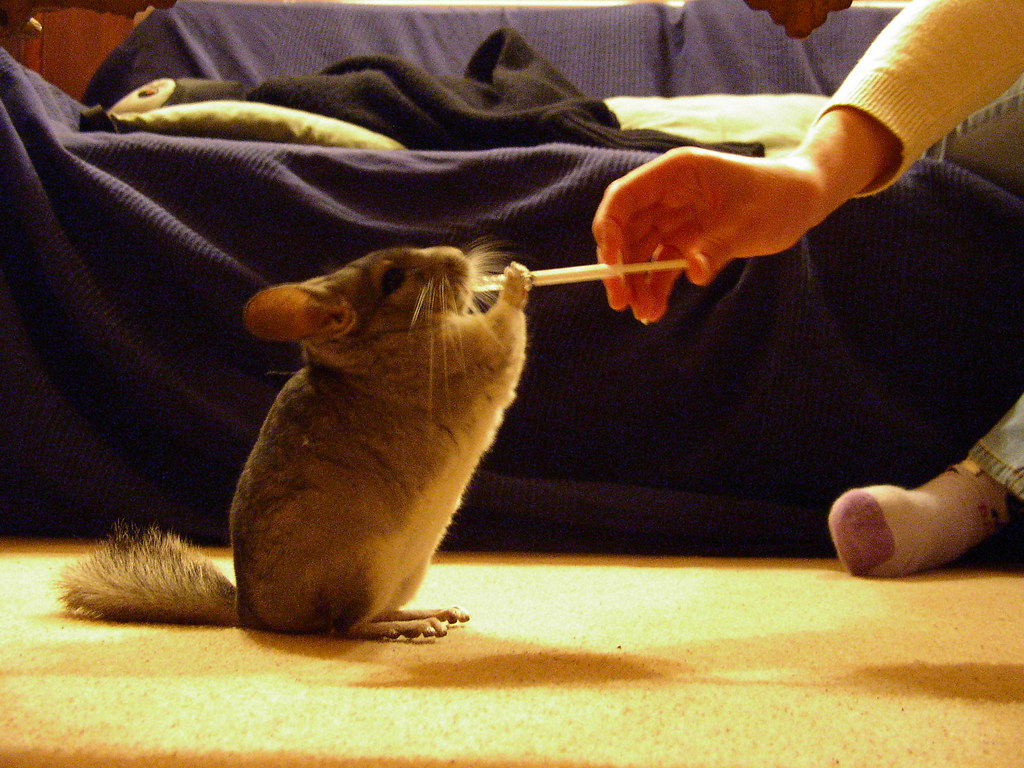
Dental health is intrinsically linked to diet in many exotic small animals, particularly herbivores. Rabbits, guinea pigs, and chinchillas require constant wear on their continuously growing teeth, which proper forage and hay provide. Signs of dental problems include drooling, difficulty eating, dropping food, weight loss, and reduced grooming.
You might notice your pet grinding their teeth (different from the contented “purring” some species make), or pawing at their mouth. Overgrown incisors may become visible, protruding from the mouth, while molars require veterinary examination to assess. A diet too high in soft foods and too low in abrasive fiber is a common culprit behind these painful conditions, which can become life-threatening if untreated.
Gastrointestinal Disturbances
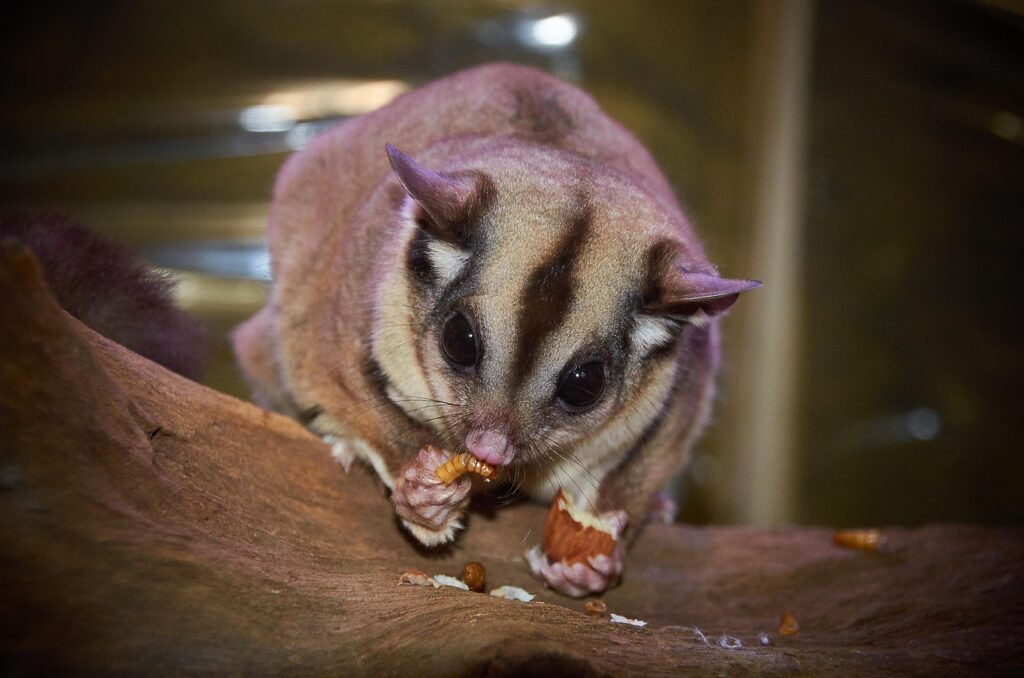
Digestive issues frequently manifest in animals receiving improper nutrition. Diarrhea, constipation, or changes in stool size, shape, and consistency all warrant attention. Rabbits and guinea pigs with insufficient fiber may develop potentially fatal gastrointestinal stasis, where digestive movement slows or stops, evidenced by reduced or absent stool production and abdominal discomfort.
Small rodents might show impacted cheek pouches or food hoarding behaviors when their nutritional needs aren’t met. Gas-producing foods can cause painful bloating in sensitive species like ferrets and sugar gliders. Even the sound of digestion can provide clues—reduced gut sounds in herbivores often indicate digestive slowdown, while excessive gurgling might signal inflammation from inappropriate foods.
Behavioral Changes Related to Feeding
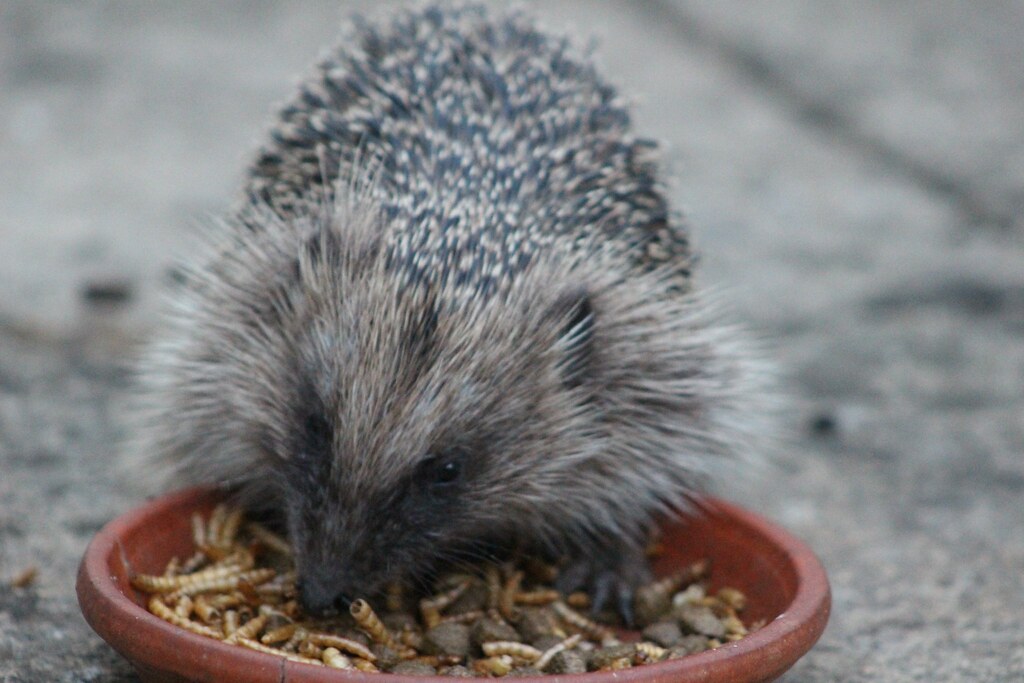
Changes in behavior, especially around feeding time, can signal dietary problems in exotic pets. Increased aggression or food guarding may indicate your pet isn’t receiving adequate nutrition and feels compelled to protect resources. Conversely, lethargy during normal feeding times or disinterest in previously enjoyed foods deserves veterinary attention. Pica—eating non-food items like bedding, plastic, or cage materials—often develops when animals attempt to correct nutritional deficiencies.
Nocturnal animals becoming active during daylight hours could be desperately searching for food. Some species, particularly sugar gliders and hedgehogs, may self-mutilate when their specialized dietary needs go unmet, chewing on their own limbs or over-grooming to the point of hair loss.
Reproductive Issues and Growth Problems
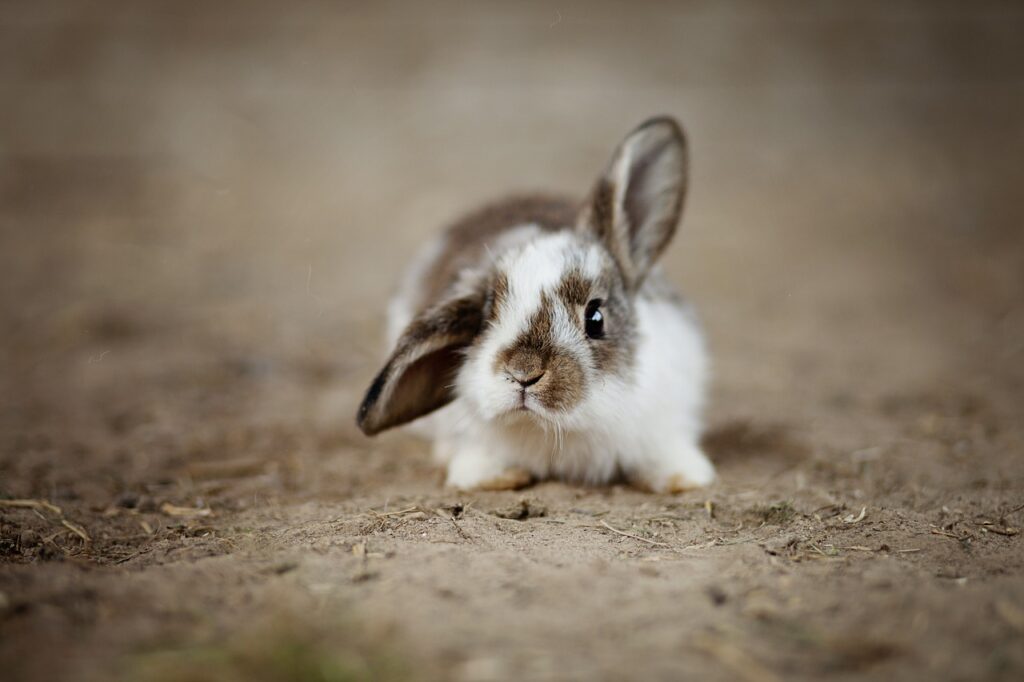
Poor nutrition profoundly impacts reproduction and development in exotic small animals. Female animals may experience difficulty conceiving, pregnancy complications, or inability to produce adequate milk for offspring. Males might show reduced fertility or lower breeding interest. Young animals with nutritional deficiencies typically display stunted growth, delayed developmental milestones, or skeletal deformities.
In reptiles, improper diet can lead to egg binding in females—a potentially fatal condition where eggs cannot be passed. Young rodents and rabbits may exhibit “splay leg,” where limbs splay outward due to poor muscle development and weak bones, a direct consequence of inadequate calcium, protein, or vitamin D. Even with corrected nutrition, some developmental issues caused by early poor diet may persist throughout life.
Metabolic Bone Disease Signs
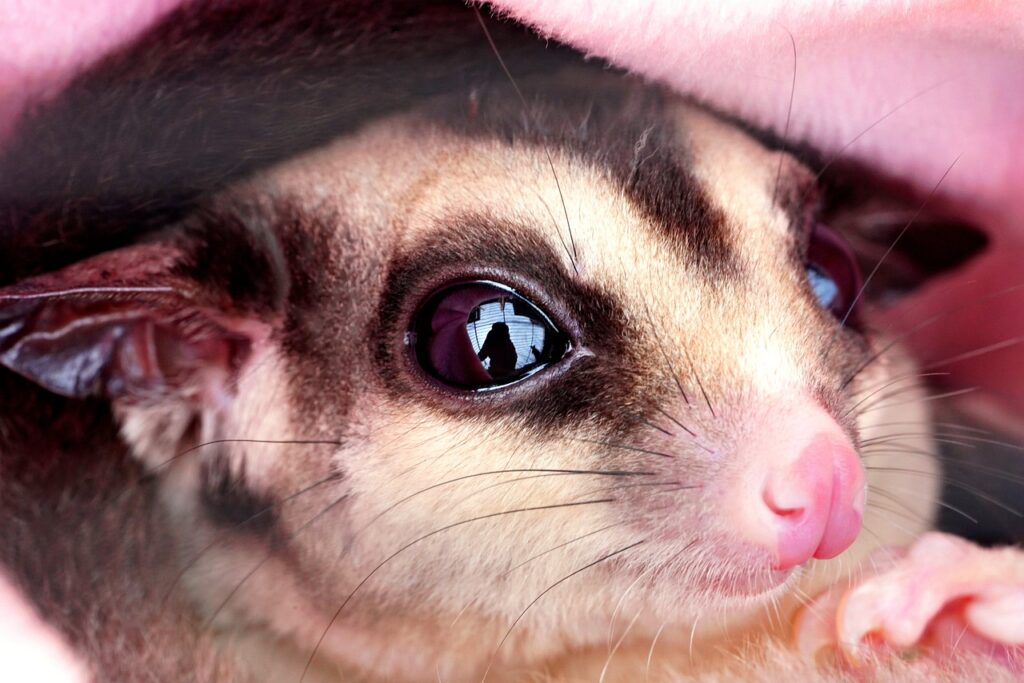
Metabolic bone disease represents one of the most severe consequences of nutritional deficiencies, particularly in reptiles, amphibians, and some mammals like sugar gliders. Early signs include trembling limbs, difficulty climbing or moving, and softening of the jaw (rubber jaw).
As the condition progresses, the spine, limbs, or jaw may become visibly deformed or fractured. The classic “big head” appearance in reptiles occurs when the body pulls calcium from bones to maintain critical functions, leaving the skull appearing disproportionately large as limb bones weaken. Improper calcium-to-phosphorus ratio, insufficient vitamin D3, or inadequate UVB exposure (for reptiles) typically cause this painful condition. While early intervention can halt progression, severe cases often result in permanent deformities even after dietary correction.
Abnormal Urine and Feces
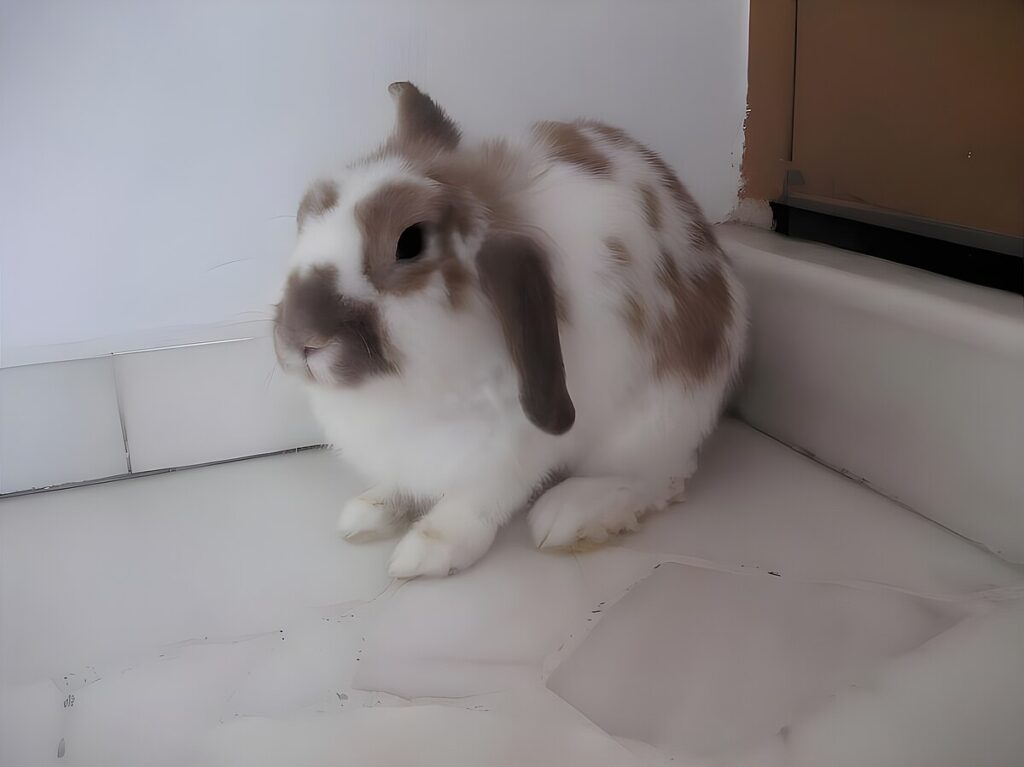
The color, consistency, and composition of waste products offer important insights into your exotic pet’s nutritional status. White, chalky urine in reptiles and small mammals often indicates excess calcium excretion, potentially leading to bladder stones. Conversely, rabbits normally excrete excess calcium through urine (appearing white and creamy), but clear urine might indicate insufficient calcium intake.
Dark, concentrated urine suggests dehydration, commonly associated with dry food diets lacking fresh produce. In rodents and lagomorphs, caecotrophs (special nutrient-rich droppings normally consumed directly from the anus) appearing in the cage suggest your pet can’t or won’t consume these vital nutrient sources, possibly due to obesity, dental pain, or digestive upset from improper diet.
Compromised Immune Function
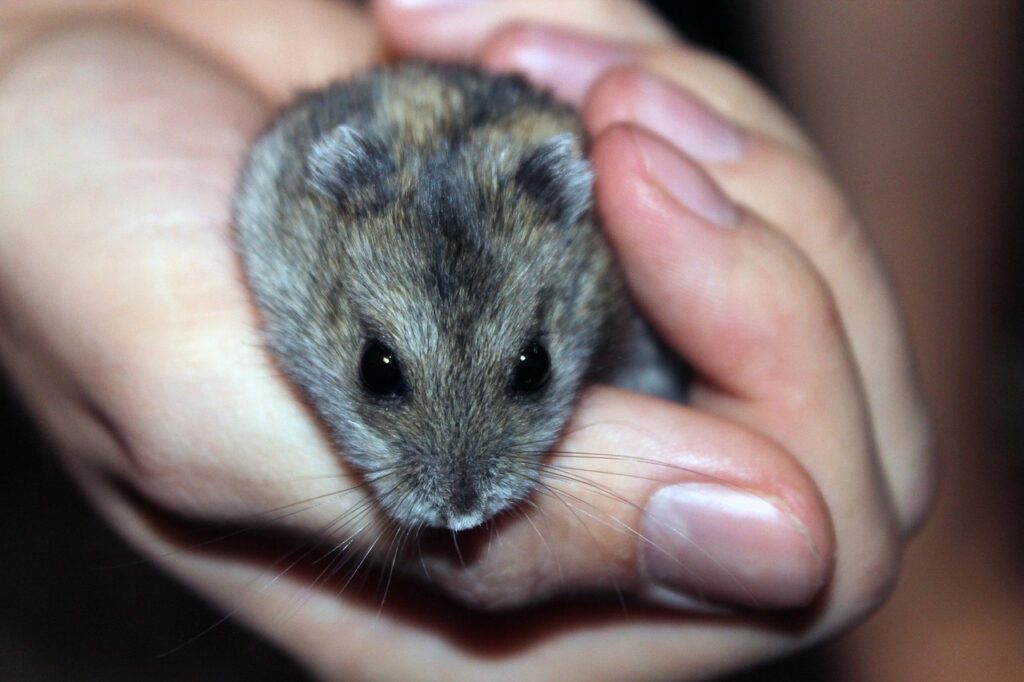
Poor nutrition inevitably leads to compromised immunity in exotic small animals. You might notice your pet developing frequent infections, taking longer to recover from illness, or showing poor wound healing. Chronic sneezing, discharge from eyes or nose, or recurring skin infections can all signal a weakened immune system stemming from nutritional deficiencies.
Hamsters and mice with vitamin deficiencies often develop “wet tail” or other stress-related conditions more readily than well-nourished counterparts. Animals lacking proper nutrition may also exhibit reduced tolerance to environmental stressors like temperature fluctuations or handling. Respiratory infections, particularly in species like rats and guinea pigs, become more common and more severe when diet lacks essential vitamins like vitamin C or contains excessive dusty components.
Species-Specific Warning Signs
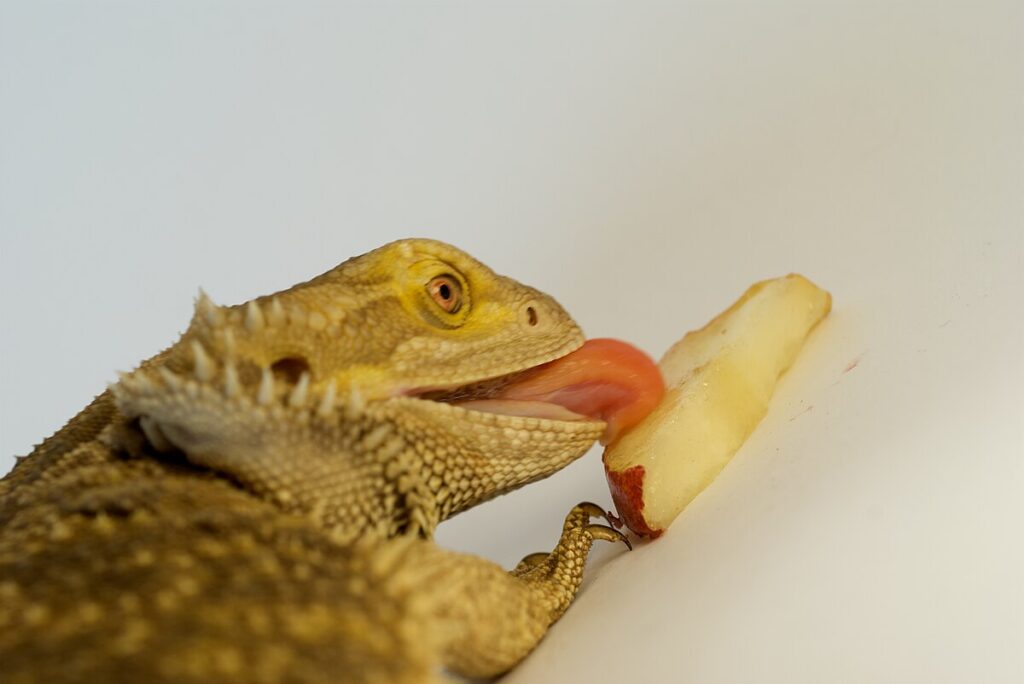
Different exotic species display unique indicators of dietary problems based on their specialized nutritional needs. Ferrets fed dog food or high-carbohydrate diets may develop insulinoma, characterized by episodes of weakness, drooling, and disorientation as blood sugar drops. Sugar gliders receiving insufficient protein often develop self-mutilating behaviors and paralysis in hindquarters.
Guinea pigs, unable to synthesize vitamin C, exhibit scurvy symptoms including rough coat, joint pain, and bleeding gums when this vital nutrient is missing. Bearded dragons fed excessive fireflies or lightning bugs can die from the toxins these insects contain. Hedgehogs on improper diets frequently develop fatty liver disease, showing yellow-tinged skin and eyes. Understanding these species-specific concerns is crucial for providing appropriate preventative care.
Nutrient-Specific Deficiency Signs
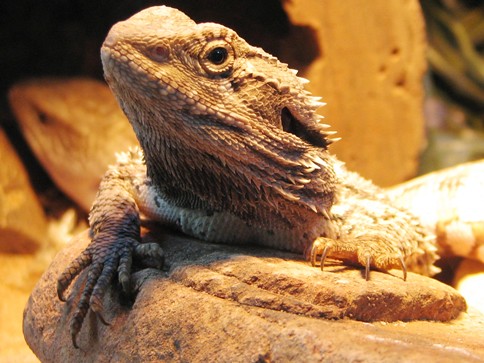
Specific nutrient deficiencies produce recognizable patterns of symptoms across different exotic species. Vitamin A deficiency, common in reptiles and amphibians fed limited diets, causes eye infections, respiratory problems, and poor skin shedding. B vitamin deficiencies typically manifest as neurological symptoms, including head tilt, circling, seizures, or paralysis. Iron deficiency anemia presents as lethargy, pale gums, and reduced tolerance for exercise.
Protein deficiencies lead to muscle wasting, poor growth, and compromised immune function across all species. Fat-soluble vitamin toxicity (particularly vitamins A and D) can occur in animals receiving excessive supplementation, causing symptoms easily confused with deficiencies. Understanding these nutrient-specific patterns helps pinpoint exactly what might be missing or excessive in your pet’s diet.
Environmental and Behavioral Enrichment Issues
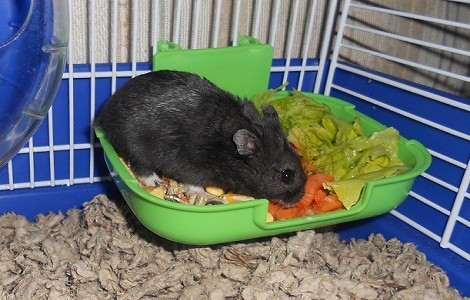
Proper nutrition extends beyond mere nutrient content to encompass how food is presented and consumed. Many exotic small animals evolved to spend significant time foraging, and the absence of this natural behavior can lead to stress, obesity, and destructive behaviors. Signs that your pet needs better feeding enrichment include bar-chewing, excessive sleeping, stereotypic behaviors (repeated movements with no purpose), or aggression.
Scatter feeding, puzzle feeders, and hidden food caches can help satisfy natural foraging instincts. For herbivores, providing fresh branches for browsing rather than just processed pellets can improve psychological wellbeing and dental health. The absence of environmental enrichment combined with poor diet creates a particularly dangerous situation for exotic pets’ physical and mental health.
When to Seek Veterinary Care

While minor dietary adjustments can often resolve early signs of nutritional problems, certain symptoms warrant immediate veterinary attention. Any sudden weight loss exceeding 10% of body weight, complete food refusal for more than 24 hours (or 12 hours in very small species), visible deformities, or difficulty breathing requires emergency care. Exotic animals typically hide illness until it becomes severe, so even subtle changes in behavior or appearance may indicate serious underlying issues.
When seeking veterinary care, bring a detailed record of your pet’s current diet, including brands, quantities, and feeding frequency. Many general veterinarians have limited exotic animal experience, so seek an exotic specialist when possible. Remember that correcting nutritional deficiencies takes time, and some damage may be permanent if intervention comes too late.
Proper nutrition forms the foundation of health for all exotic small animals. By familiarizing yourself with these warning signs of poor diet, you can intervene early when nutritional problems arise, potentially saving your pet from suffering and expensive veterinary treatments. Each exotic species has evolved unique dietary adaptations, and providing appropriate nutrition requires research, observation, and sometimes specialized products.
Regular weight checks, close monitoring of waste products, and attention to behavioral changes will help you catch dietary issues before they become severe. Remember that proper nutrition isn’t just about preventing illness—it’s about helping your exotic companion thrive with vibrant energy, beautiful appearance, and natural behaviors that make these unique pets such fascinating companions.


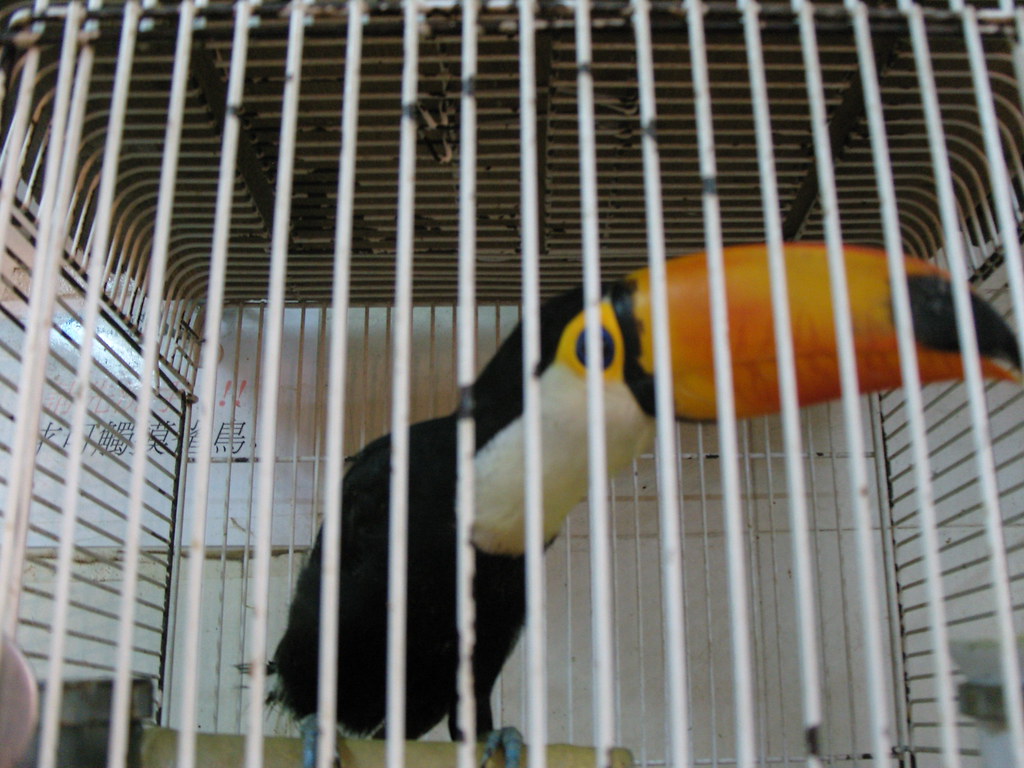
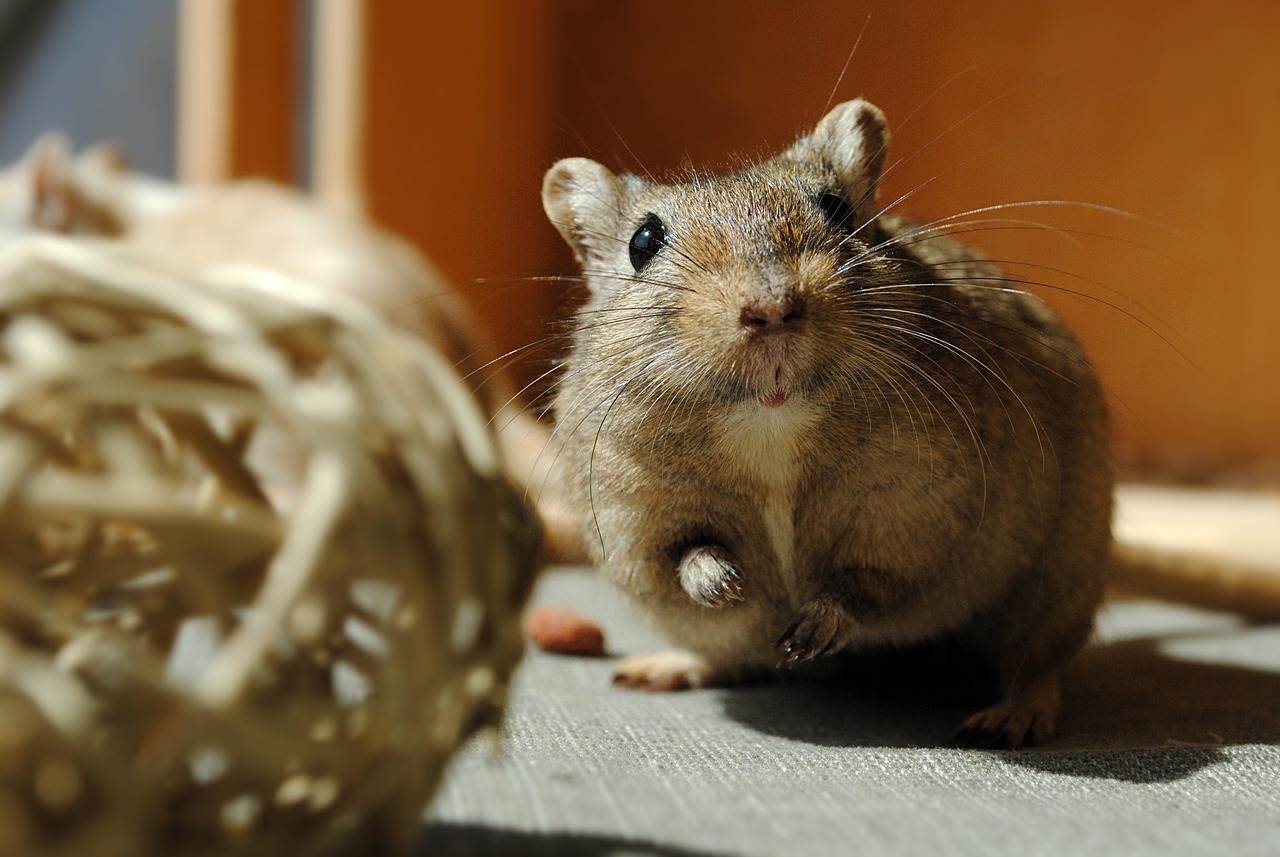
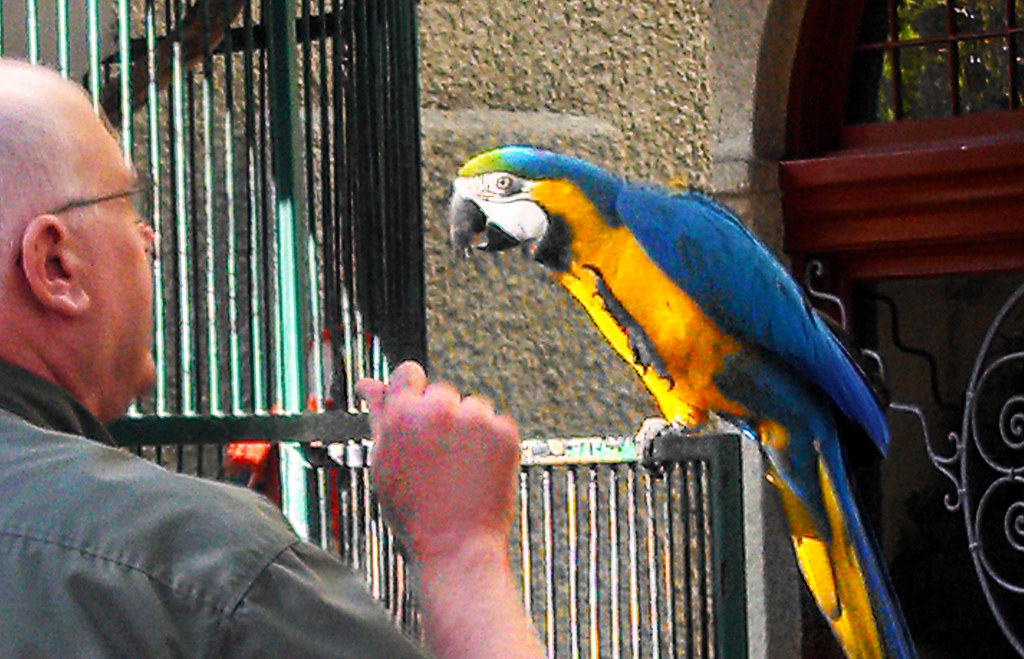
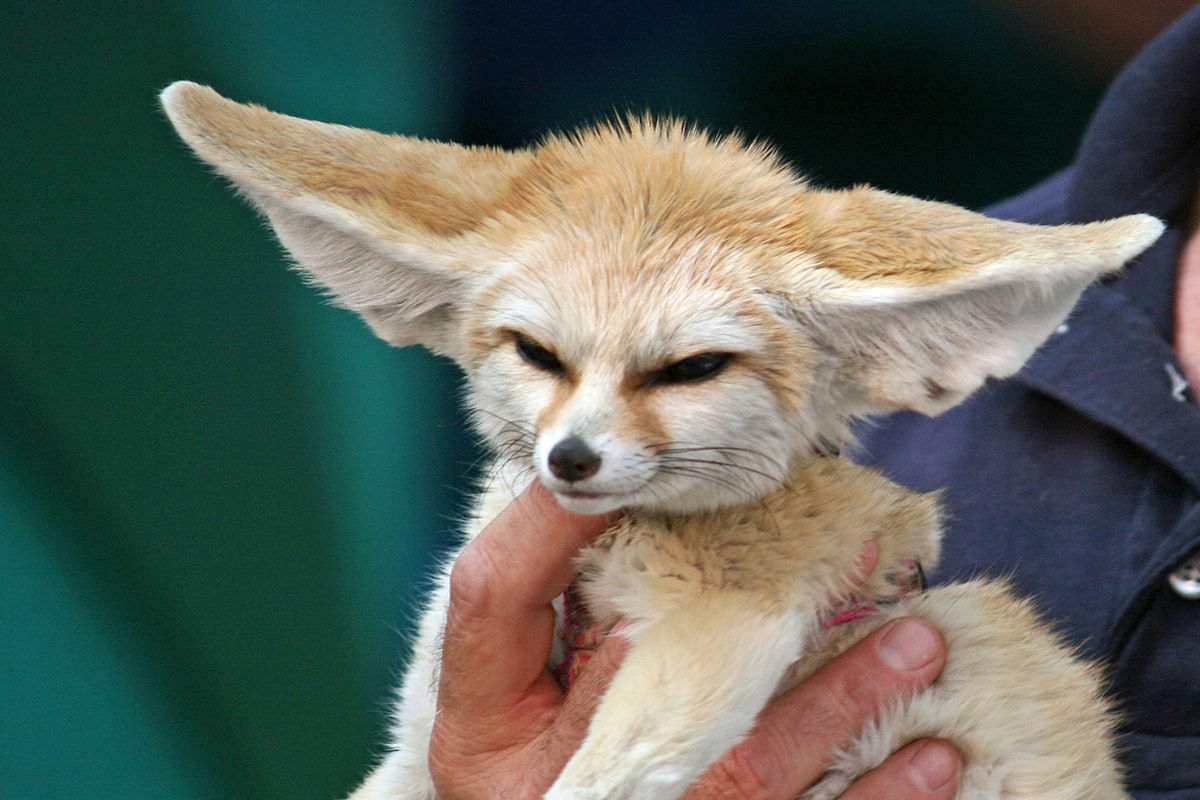
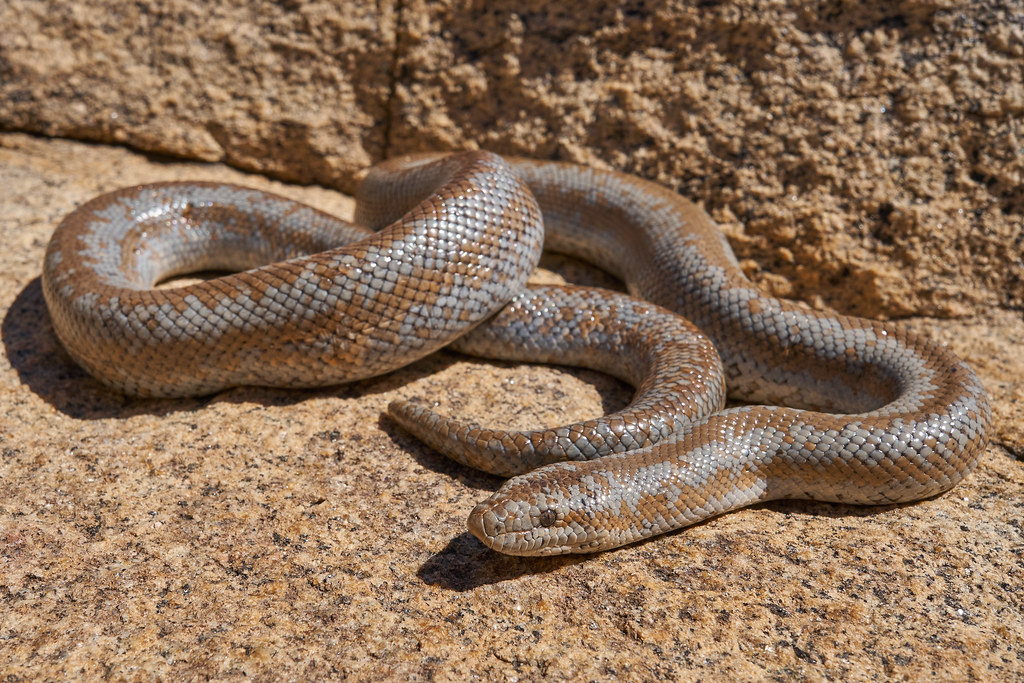
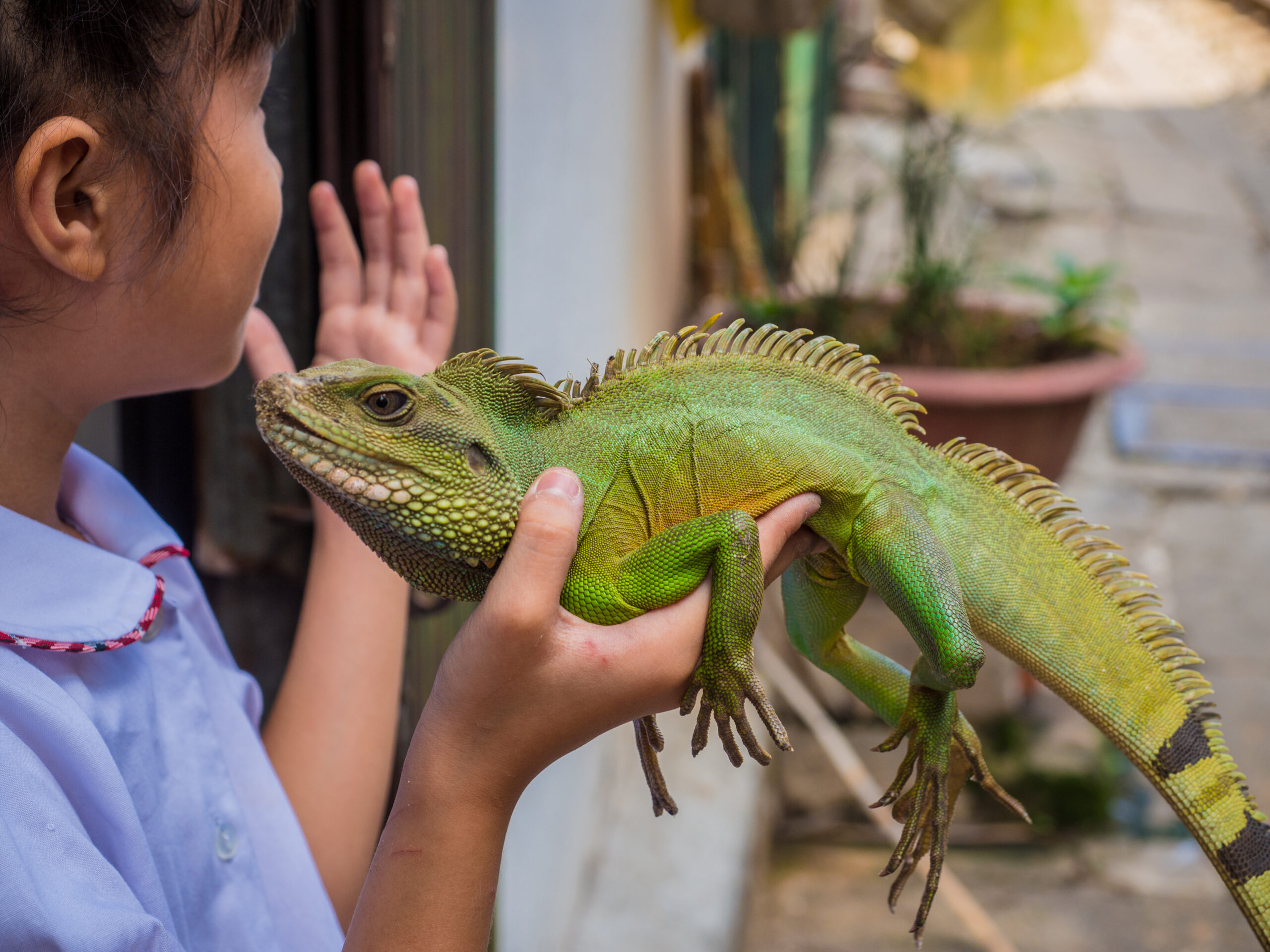
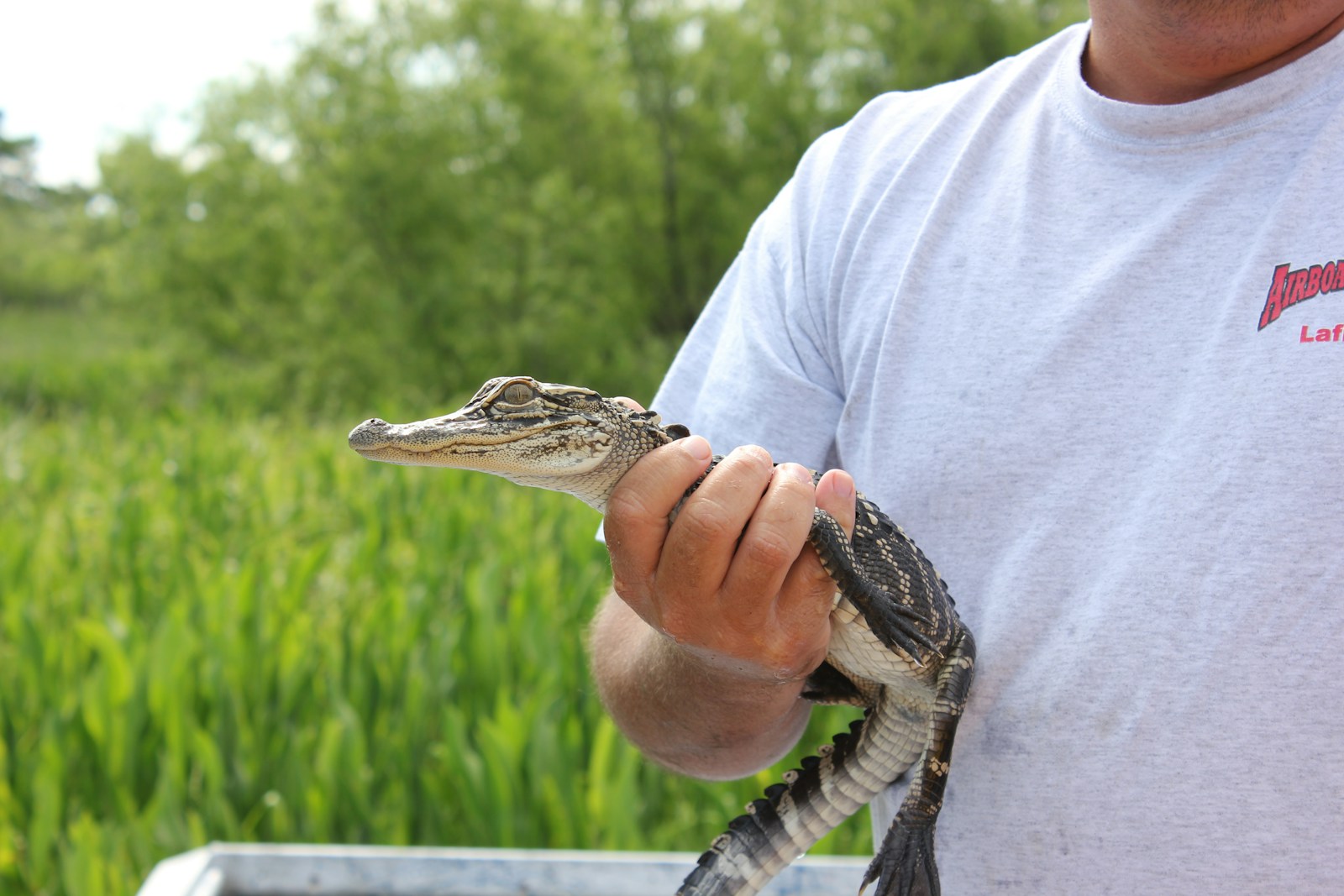
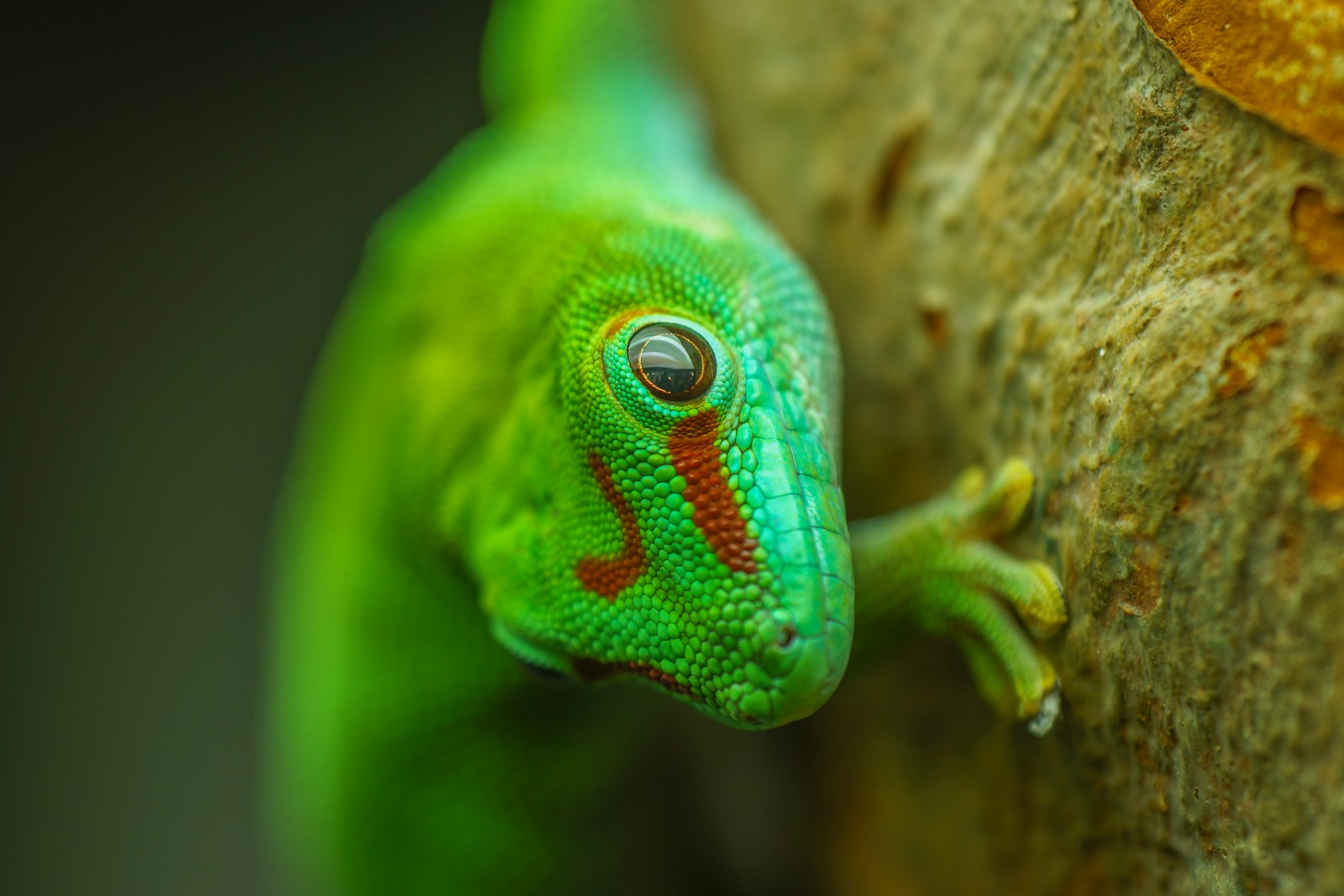
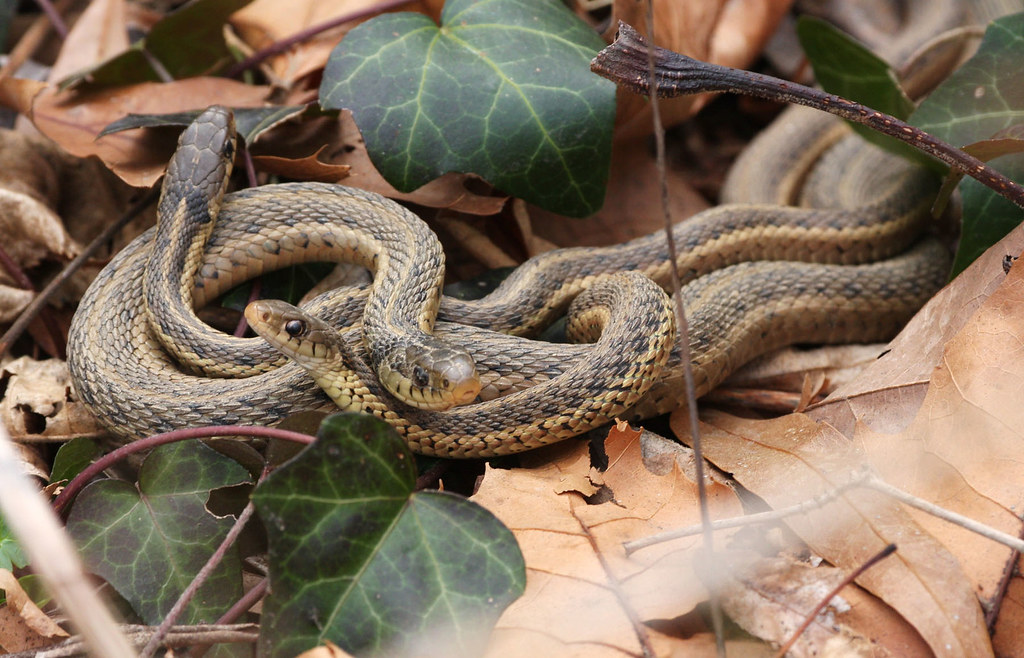
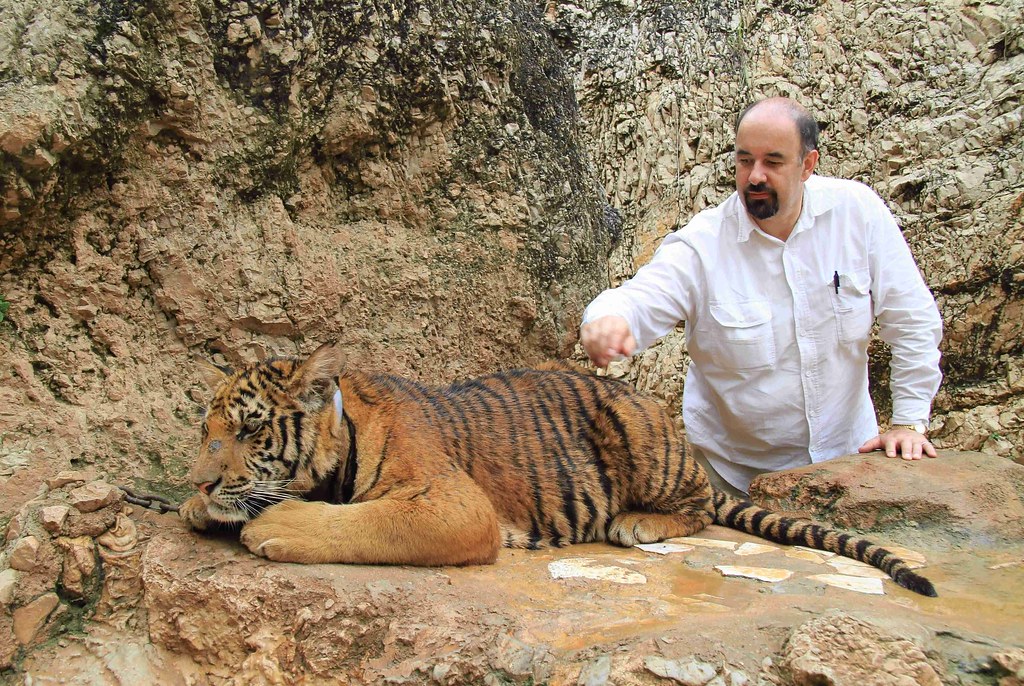




Leave a Reply